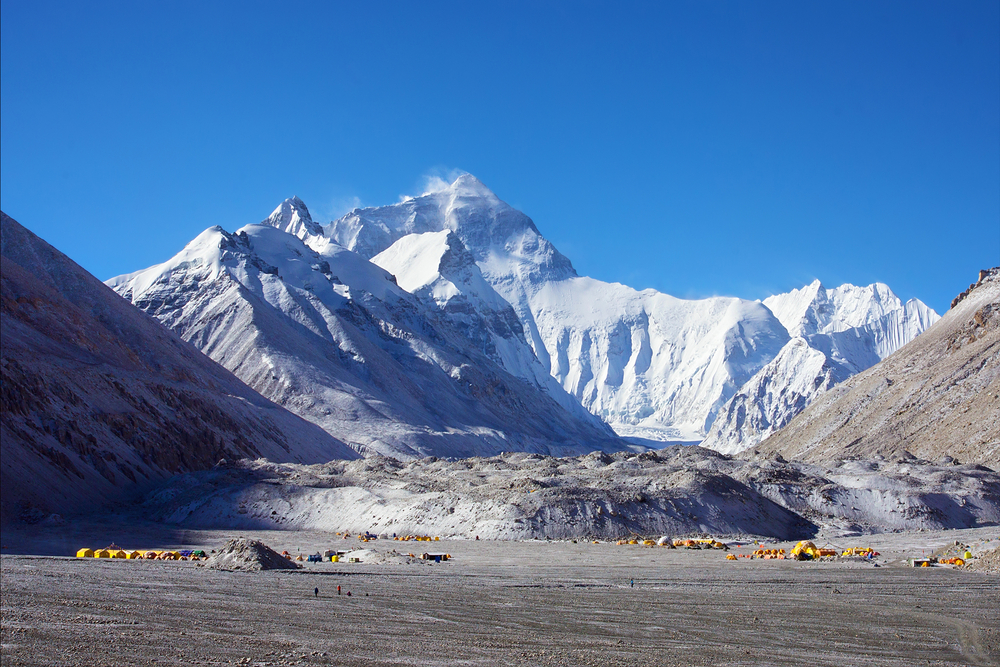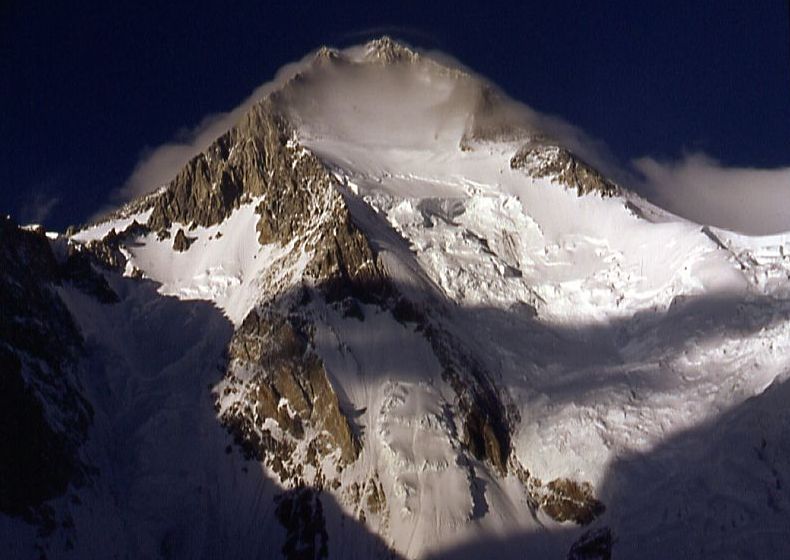Geography: Mountains
China's vast and diverse landscape includes mountain ranges that have etched a profound mark on the nation's culture, history, and identity. The tallest mountain on Earth, Mount Everest, sits on the border between China and Nepal. Among the country’s rugged peaks, several play a vital role as primary sources of freshwater, serving as the headwaters for numerous rivers and tributaries that sustain downstream communities, agriculture, and livelihoods. Throughout China's history, these mountains have often acted as natural fortifications, offering strategic advantages and protection to ancient civilizations and dynasties while also influencing trade routes and patterns of human migration. These mountains also are symbols of strength, endurance, and resilience in Chinese folklore, literature, and art.
Explore the table below for information on China's most prominent mountains.
|
Highest Peaks |
Elevation |
Mountain Range |
Type of Range |
|
Everest |
8,848 m |
Mahalangur Himal, Himalayas |
Fold |
|
K2 (Chhogori or Godwin-Austen) |
8,611 m |
Karakoram |
Fold |
|
Lhotse |
8,516 m |
Mahalangur Himal, Himalayas |
Fold |
|
Makalu |
8,481 m |
Mahalangur Himal, Himalayas |
Fold |
|
Gasherbrum I |
8,080 m |
Karakoram |
Fold |
|
Broad Peak |
8,051 m |
Karakoram |
Fold |
|
Gasherbrum II |
8,035 m |
Karakoram |
Fold |
|
Shishapangma (Gosainthan) |
8,027 m |
Jugal/Langtang Himal, Himalayas |
Fold |
|
Gasherbrum III |
7,952 m |
Karakoram |
Fold |
|
Gasherbrum IV |
7,925 m |
Karakoram |
Fold |
Copyright © 1993—2025 World Trade Press. All rights reserved.

 China
China 
